Imagine this: You’re working on a crucial project, everything is running smoothly, and suddenly, your RAID server goes down. Panic sets in. What now? If this scenario sounds familiar, you’re not alone. RAID (Redundant Array of Independent Disks) systems are known for their reliability, but when they fail, it can be devastating. But don’t worry—by the end of this blog, you and I will have walked through practical steps to handle such a situation, ensuring that your data remains safe and your RAID system is back online in no time.

Understanding RAID Systems: A Quick Overview
Before we dive into what to do when your RAID server goes down, let’s quickly understand what RAID is. RAID stands for Redundant Array of Independent Disks, a technology that combines multiple hard drives into a single unit to improve performance, increase storage capacity, and provide redundancy in case of disk failure. There are several levels of RAID, like RAID 0, RAID 1, RAID 5, and RAID 10, each offering different benefits in terms of speed, redundancy, and storage capacity.
RAID 0: Focuses on speed but offers no redundancy.
RAID 1: Provides redundancy by mirroring data across disks.
RAID 5: Balances speed and redundancy with parity distributed across disks.
RAID 10: Combines RAID 1 and RAID 0, offering both speed and redundancy.
What Happens When Your RAID Server Goes Down?
When your RAID server goes down, it can feel like the end of the world, especially if you’re handling critical data. But let’s break it down:
Data Inaccessibility: Your data might become inaccessible, leading to potential downtime.
Potential Data Loss: Depending on the RAID level, there’s a risk of data loss if multiple drives fail.
System Failure: The server might not boot, leaving you with a non-functional system.
Immediate Steps to Take When Your RAID Server Fails
When you first realize your RAID server has failed, it’s essential to act quickly yet carefully. Here’s what you should do:
1. Don’t Panic—Assess the Situation
The first step is to stay calm. Panic can lead to hasty decisions that may worsen the situation. Assess the situation to understand the extent of the failure. Is it a single disk failure, or has the entire array gone down?
2. Avoid Rebooting the Server Repeatedly
It’s tempting to restart the server, hoping it will magically fix itself. But repeated rebooting can cause further damage, especially if there’s a hardware issue at play.
3. Identify the Type of RAID and the Problem
Identify the RAID level your system is using and determine the exact issue. Is it a disk failure, RAID controller failure, or something else? This will guide your next steps.
4. Check RAID Controller Status
If your RAID controller is down, the entire array might be inaccessible. Check the RAID controller’s status through the BIOS or RAID management software to diagnose the issue.
5. Isolate the Failed Drive
If one of the drives has failed, isolate it to prevent further damage. Most RAID levels can tolerate a single drive failure, but the failed drive should be replaced immediately.
6. Replace the Failed Drive (If Applicable)
In the case of a failed drive, replace it with a new one. Your RAID system should start rebuilding the array automatically, especially in RAID 1 or RAID 5 configurations.
7. Consult a Professional
If you’re unsure about the next steps or if the situation seems beyond your control, it’s best to consult a RAID Data Recovery professional. I’ve seen many cases where DIY attempts led to permanent data loss.
Practical Example: Handling a RAID 5 Failure
Let’s say you have a RAID 5 array, which is known for balancing performance and redundancy. One day, one of the drives fails. Here’s how you should handle it:
Step 1: Identify the failed drive using RAID management software.
Step 2: Power down the system and replace the failed drive with an identical model.
Step 3: Restart the server and let the RAID controller rebuild the array.
Step 4: Monitor the rebuild process. It might take several hours, depending on the size of the array.
Step 5: Once rebuilt, check the integrity of the data to ensure everything is back to normal.
Common Causes of RAID Server Failures
Understanding the root cause of RAID failures can help prevent them in the future. Here are some common causes:
1. Hardware Failures: Hard drives and RAID controllers can fail due to age, wear and tear, or manufacturing defects.
2. Power Surges: Sudden power surges can damage RAID controllers and drives.
3. Firmware Issues: Outdated or corrupted firmware can lead to RAID failures.
4. Human Error: Accidental deletion, improper shutdowns, or incorrect configurations can cause RAID arrays to fail.
Did You Know?
Did you know that RAID 6 can survive two simultaneous drive failures, making it one of the most reliable RAID levels for data protection? However, it’s not as fast as RAID 5 due to the additional parity calculations.
What Not to Do When Your RAID Server Fails
When dealing with a RAID failure, it’s just as important to know what not to do:
1. Don’t Attempt Data Recovery Yourself: DIY data recovery can lead to permanent data loss. Always consult a professional if you’re unsure.
2. Don’t Replace Multiple Drives at Once: If more than one drive has failed, don’t replace them all simultaneously. Replace one, let the array rebuild, then replace the next.
3. Don’t Ignore Warning Signs: If you notice unusual noises, slow performance, or SMART errors, address them immediately to prevent a RAID failure.
How to Prevent Future RAID Failures
Prevention is always better than cure. Here are some steps you can take to prevent future RAID failures:
1. Regular Backups
Ensure you have a robust backup strategy in place. RAID is not a backup solution; it’s a redundancy system. Regular backups will ensure that even if your RAID fails, your data is safe.
2. Monitor RAID Health
Use RAID monitoring tools to keep an eye on the health of your RAID array. Many RAID controllers come with software that can alert you to potential issues before they become critical.
3. Keep Firmware Updated
Regularly update the firmware of your RAID controller and drives to prevent compatibility issues and potential failures.
4. Use High-Quality Hardware
Invest in high-quality drives and RAID controllers. Cheaper, lower-quality hardware is more prone to failures.
5. Plan for Power Outages
Use an Uninterruptible Power Supply (UPS) to protect your RAID server from sudden power losses, which can corrupt the array.
Conclusion: Your Next Steps After a RAID Failure
Facing a RAID server failure is stressful, but it’s not the end of the road. By following the steps outlined in this guide, you and I can navigate this challenge together, ensuring your data remains intact and your system gets back online as quickly as possible.
But I’d love to hear from you—have you ever faced a RAID server failure? What steps did you take? Did you find this guide helpful? Share your experiences and ideas in the comments below. Let’s continue this conversation and help each other navigate the complex world of RAID systems.
Frequently Asked Questions (FAQs)
Q1: What should I do first when my RAID server fails?
A: The first step is to stay calm and assess the situation. Identify the type of RAID and the specific issue, then take appropriate action, such as isolating the failed drive or consulting a professional.
Q2: Can I replace a failed RAID drive myself?
A: Yes, you can replace a failed drive, but it’s crucial to follow the correct procedure. Ensure the replacement drive is identical to the failed one, and allow the RAID controller to rebuild the array.
Q3: Is RAID 5 safe enough for critical data?
A: RAID 5 offers a good balance between performance and redundancy, but it’s not foolproof. Always have regular backups, as RAID 5 can only tolerate one drive failure at a time.
Q4: What causes RAID controllers to fail?
A: RAID controllers can fail due to power surges, hardware defects, or outdated firmware. Regular monitoring and maintenance can help prevent such failures.
Q5: How often should I back up data on a RAID system?
A: Backups should be done regularly, ideally daily or weekly, depending on the criticality of the data. RAID is not a substitute for backups, so make sure your data is backed up frequently.



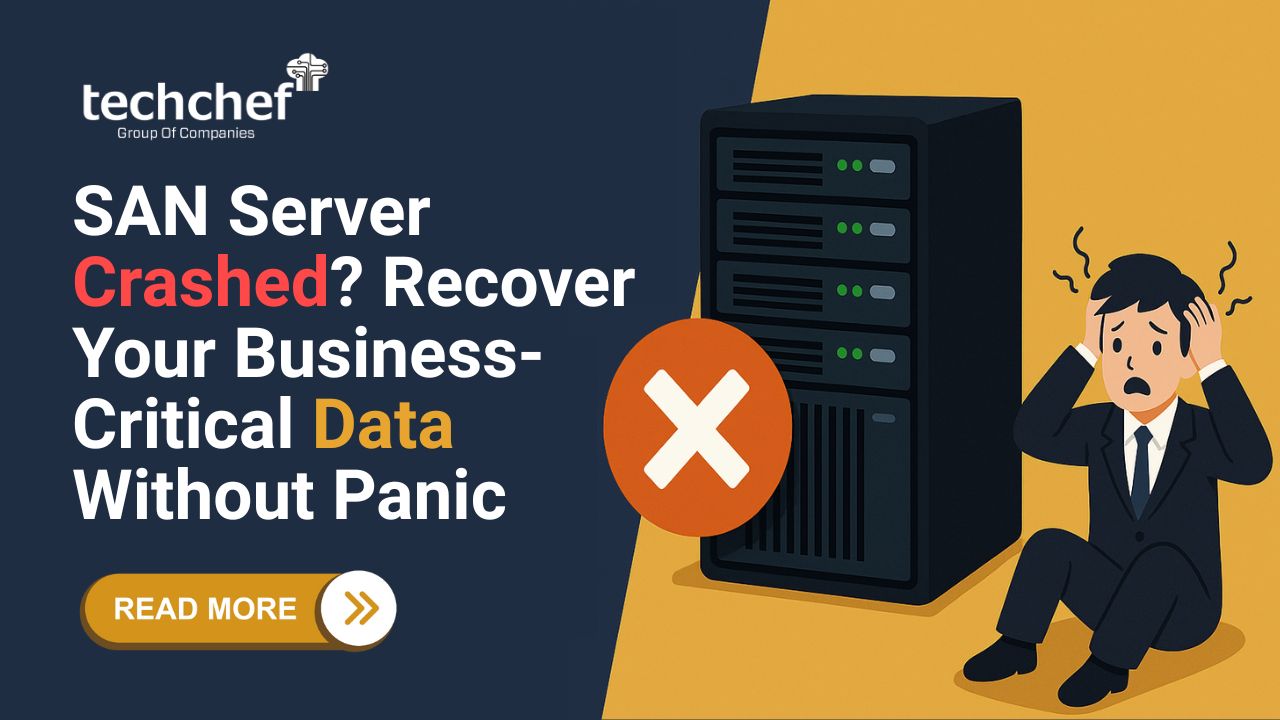
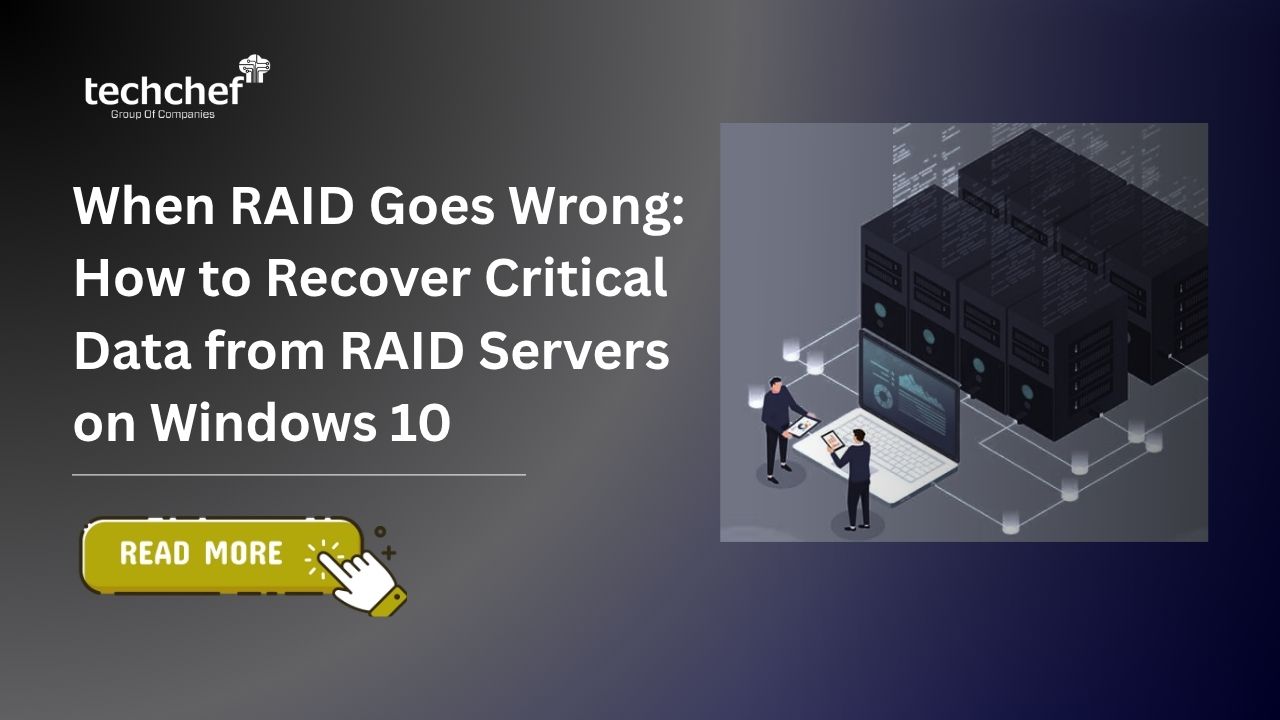
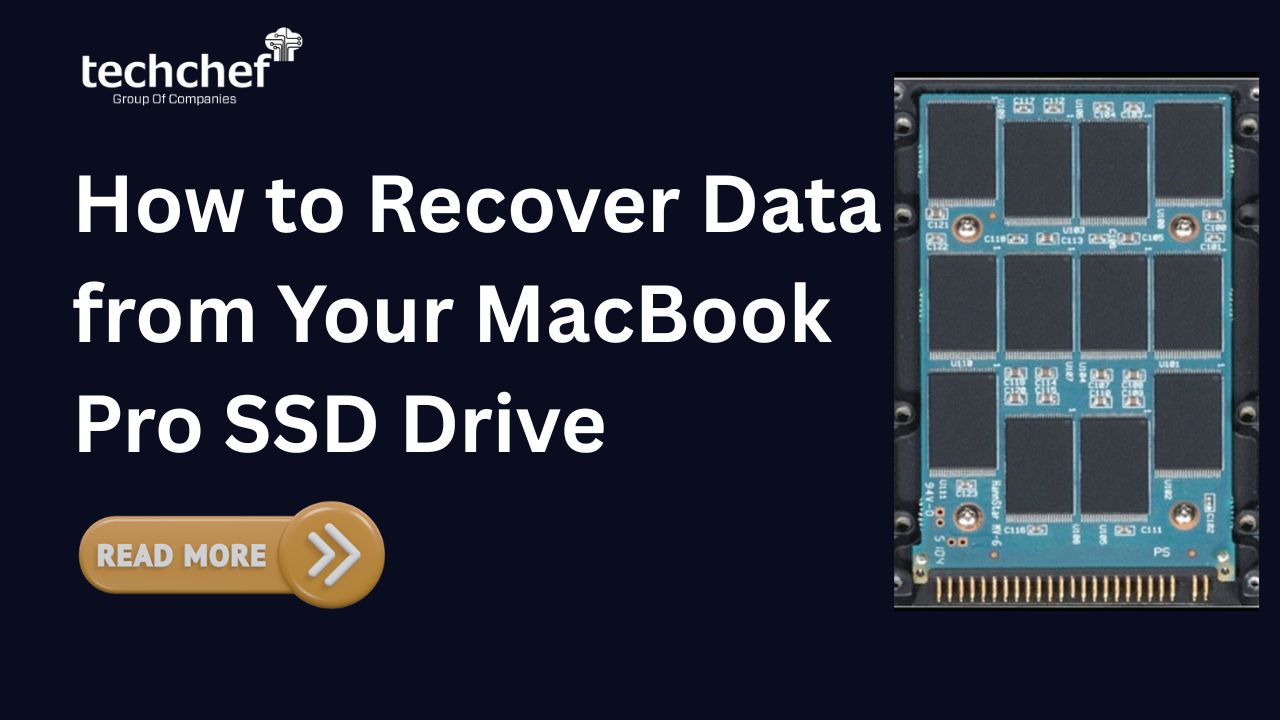
 How to Recover Data from Your MacBook Pro SSD Drive
How to Recover Data from Your MacBook Pro SSD Drive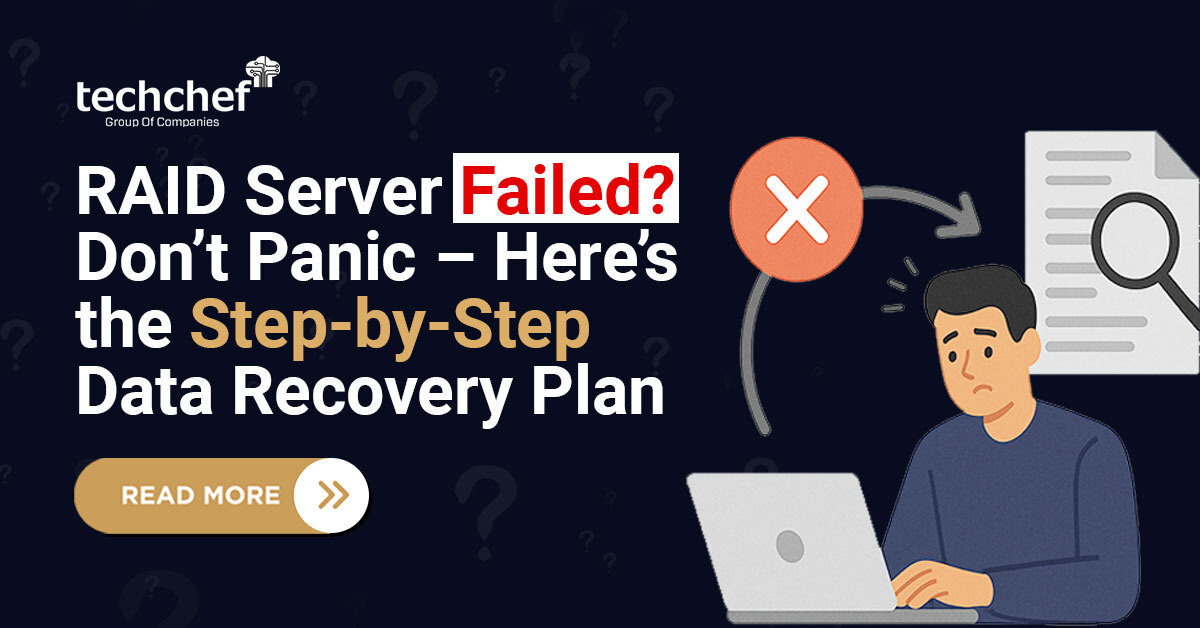
 RAID Server Failed? Don’t Panic – Here’s the Step-by-Step Data Recovery Plan
RAID Server Failed? Don’t Panic – Here’s the Step-by-Step Data Recovery Plan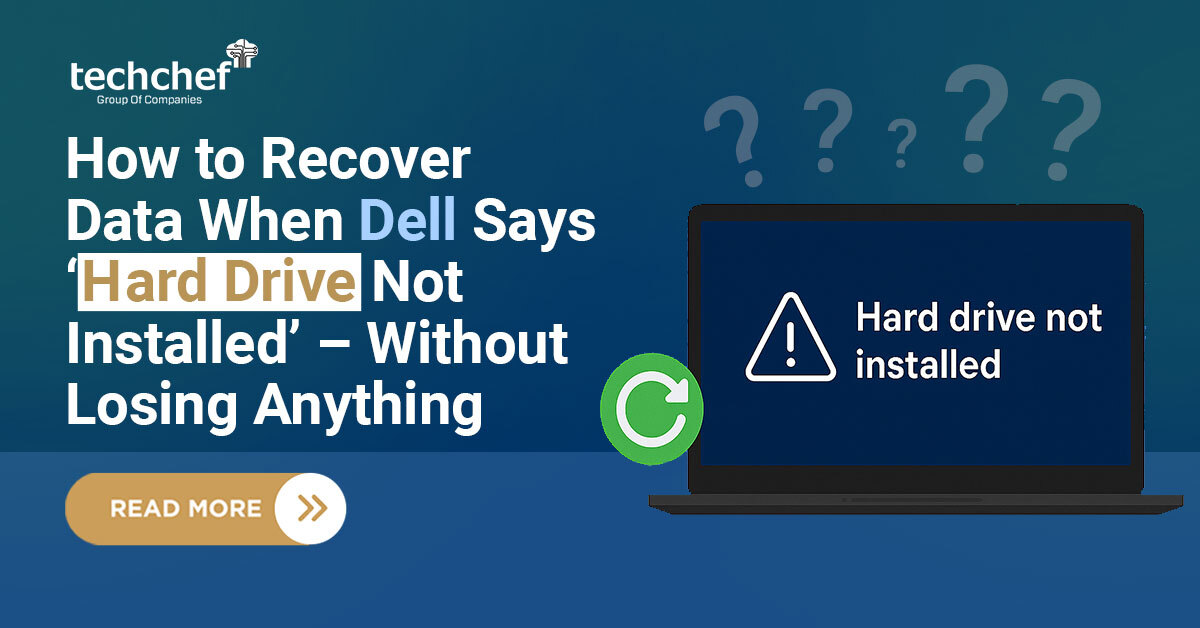
 How to Recover Data When Dell Says ‘Hard Drive Not Installed’ – Without Losing Anything
How to Recover Data When Dell Says ‘Hard Drive Not Installed’ – Without Losing Anything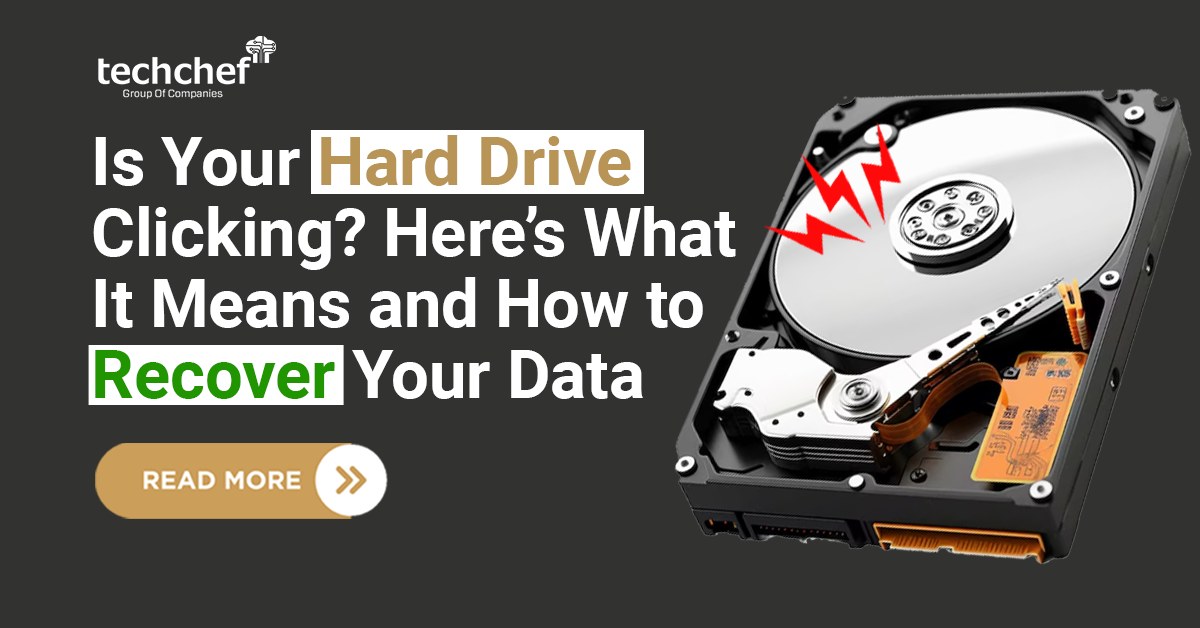
 Is Your Hard Drive Clicking? Here’s What It Means and How to Recover Your Data
Is Your Hard Drive Clicking? Here’s What It Means and How to Recover Your Data
